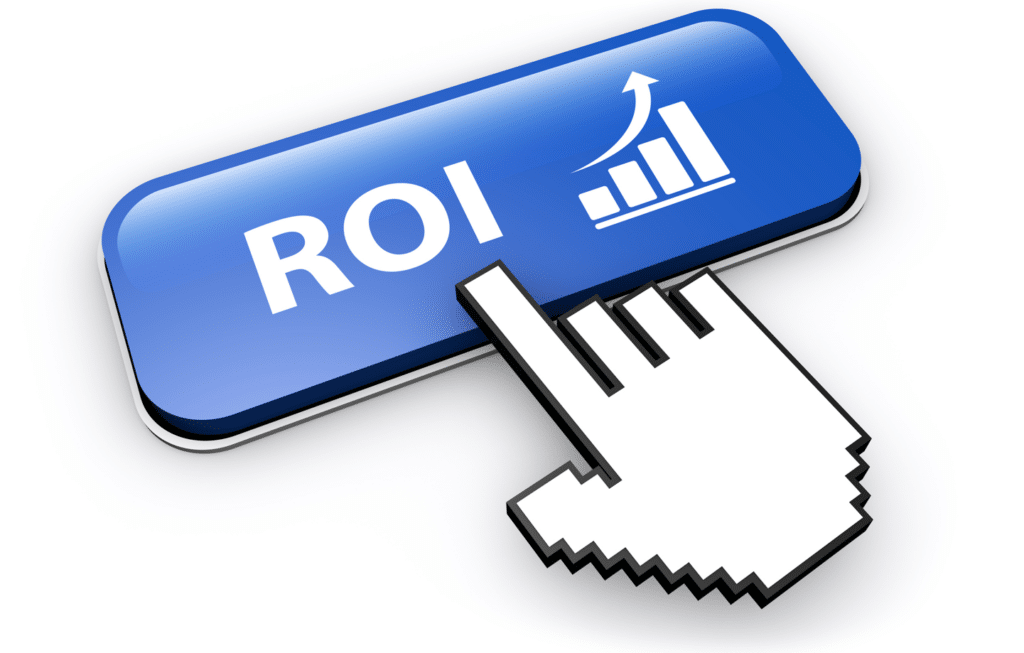Marketers can face a set of unique challenges, including developing and championing a range of strategic marketing initiatives that will ultimately achieve a demonstrable return on investment (ROI). But it’s not always a straightforward journey.
In this blog, I’ll take a closer look at the intricacies of achieving a respectable marketing ROI, highlight its importance, and provide practical strategies for successfully navigating the path to success. Applying what I’ve learned will enable you to optimise your marketing strategies, increase customer loyalty, implement new ideas and maximise the value generated by your marketing campaigns.
Adopting a Strategic Mindset for Marketing Success
Start by developing an informed strategy. This includes aligning marketing objectives with overall business goals and ensuring that all marketing activities contribute to the strategy that has been designed to meet those goals and objectives. Put simply, make sure your marketing strategy goals run in parallel with and support your corporate objectives. It’s common sense, but too many marketers end up setting their own agenda with scant regard for not only meeting corporate objectives but accurately measuring the results they want to achieve. For instance, if your aim is to increase customer loyalty, campaigns that measure ROI for that loyalty require tracking repeat purchase rates, customer lifetime values and net promotion scores.
Effective Measurement Techniques for Maximizing ROI
Measuring marketing ROI not only enables you to gauge the effectiveness of your campaigns but also serves as a means to align them with your brand’s identity. Employing various tactics to measure ROI, such as tracking website traffic, monitoring conversion rates, calculating customer acquisition costs and quantifying customer lifetime value, is crucial. If your brand identity centres on sustainability, you can measure the success of a sustainability-focused campaign by tracking metrics like eco-friendly product sales, social media engagement and customer feedback to ensure the most relevant use of your marketing resources.
Coordinating Multiple Agencies for Marketing Accountability
Marketing professionals often collaborate with external agencies to execute their marketing campaigns. Ensuring effective coordination between respective activities and monitoring their individual and collective performance is essential for accountability and validating the achievement of the desired ROI. Marketers must ensure they establish and maintain clear communication channels, set performance expectations and regularly review agency deliverables. By coordinating agencies effectively, you can ensure better and more definitive overall results.
Unleashing Innovation for Maximum Value
To maximize ROI, the marketing team must always solicit new ideas and explore innovative approaches. Experimenting with new channels, emerging technologies and creative campaign concepts can help break through the noise and sustain resonance in cluttered markets. Being on constant watch for new opportunities, for instance, by engaging tactics such as influencer marketing or interactive content, can generate higher engagement rates and conversion numbers. By regularly exploring new marketing strategies and techniques, you can discover opportunities to optimise ROI and drive ultimate value for your company.
Presenting Quantifiable and Qualitative ROI to the Board
Showcasing marketing success and justifying previous (and further!) investments to the board requires presenting your ROI figures in both a quantifiable and qualitative manner. This involves translating the data you’ve collected into meaningful insights and demonstrating how they support and, hopefully, enhance the organisation’s overall business objectives. Visually appealing graphs, charts and case studies can effectively communicate the impact of marketing initiatives on key performance indicators, which will gain you support for future marketing initiatives and make a compelling case for continued investment.
Conclusion:
As we’ve seen, measuring marketing ROI is vital for strategic marketing initiatives. By adopting a strategic mindset, leveraging the results of accurate measurement techniques, coordinating internal and external stakeholders agencies, encouraging innovation and presenting sound and supportable ROI to the board, you can demonstrate the critical role marketing plays in business success. Regularly measuring ROI and adapting your marketing strategies accordingly ensures optimal resource allocation and continuous improvement.
It is both art, and science.

